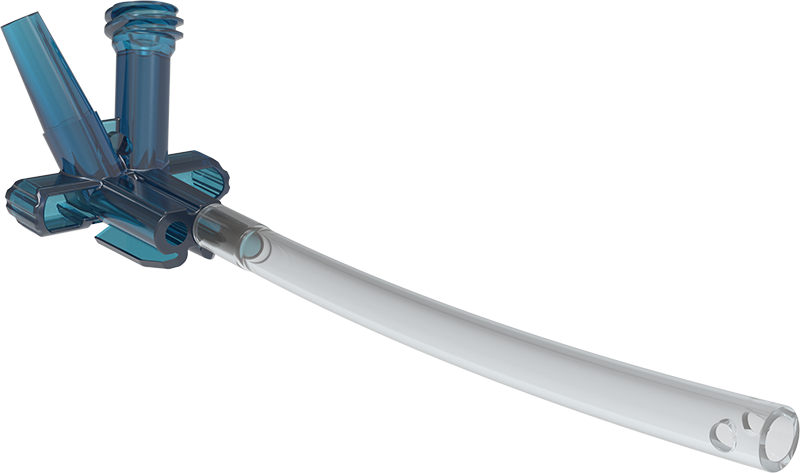Simple. Safer. Sedation.
The AERIS Airway™ is a transformative device designed to address the inherent challenges of O2 delivery and CO2 monitoring during I.V. sedation.
The AERIS Airway™ is a transformative device designed to address the inherent challenges of O2 delivery and CO2 monitoring during I.V. sedation.
Challenges

FIO2 delivery is limited in patients with:

FIO2 delivery is limited due to design inefficiencies:




Non-Operating Room Anesthesia (NORA) refers to the delivery of I.V. sedation outside of the operating room. Key findings from a 2017 report by Woodward on medical claims in this setting include:
twice as high (61% vs 31%).
of NORA patients experience severe episodes.
of patients experience hypoxemia (FIO2 < 90%) under procedural sedation

The majority of medical malpractive lawsuits involving sedation are due to respiratory events, specifically inadequate ventilation or oxygenation.

—ANESTHESIA PATIENT SAFETY FOUNDATION NEWSLETTER, JUNE 2019
The AERIS™ is designed to fit in all adult-sized Guedel OPAs and all adult-sized NPAs. The AERIS™ features ensure that a patient receives maximal FIO2 levels while a real-time, precise CO2 waveform is produced, allowing anesthesia providers to preemptively detect any signs of respiratory compromise.



Click to learn more about
how offset port locations offer clear advantages.

By offsetting the oxygen delivery port from the CO2 detection port, end tidal CO2 is captured at the supraglottis with minimal oxygen dilution. In turn, this generates a real-time, reliable CO2 waveform on all clinical capnography monitors.

The result is improved patient safety, enhanced workflow efficiency, while lowering morbidity and decreasing oxygen use and procedural costs.
Designed to streamline workflow of anesthesia providers

